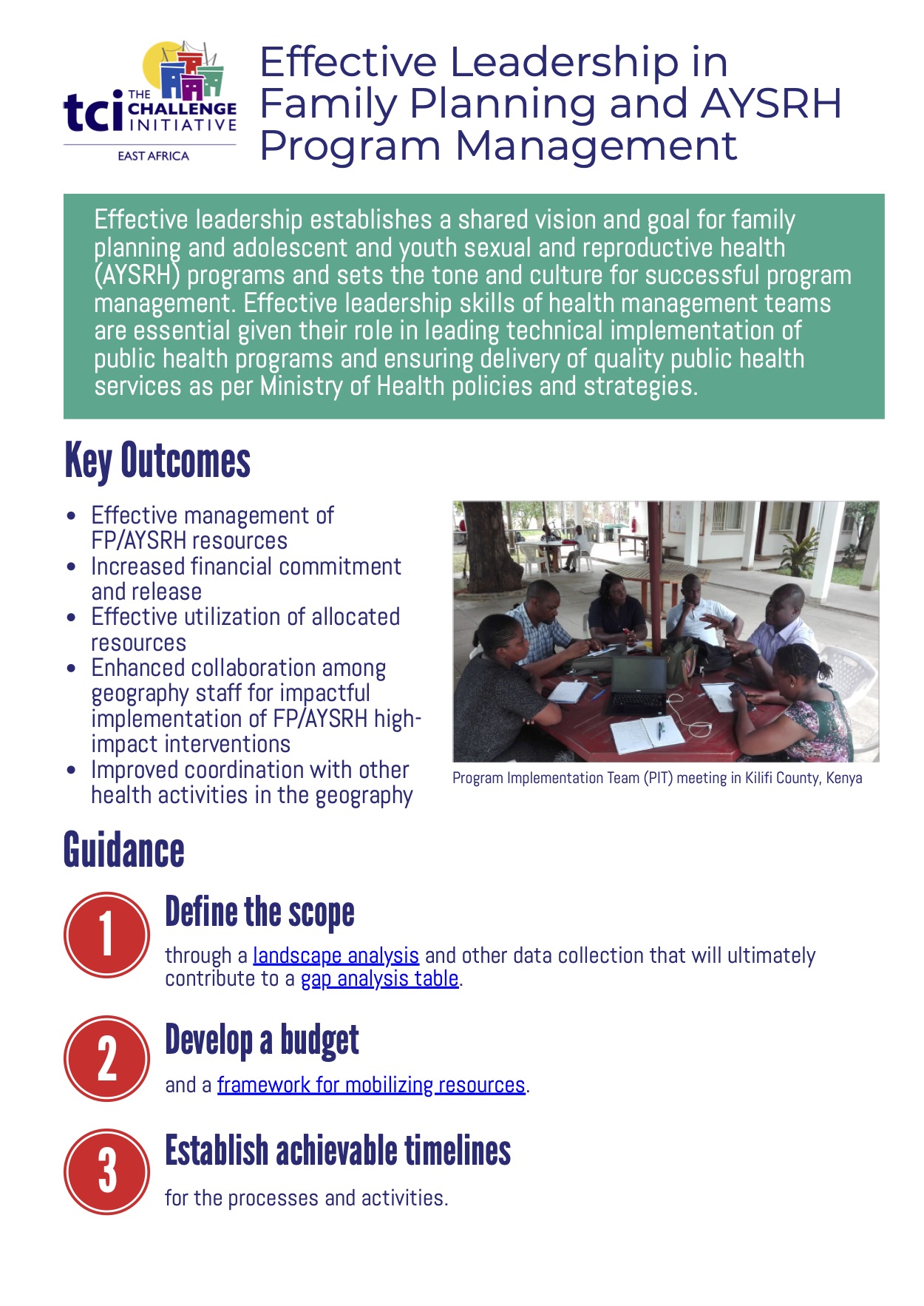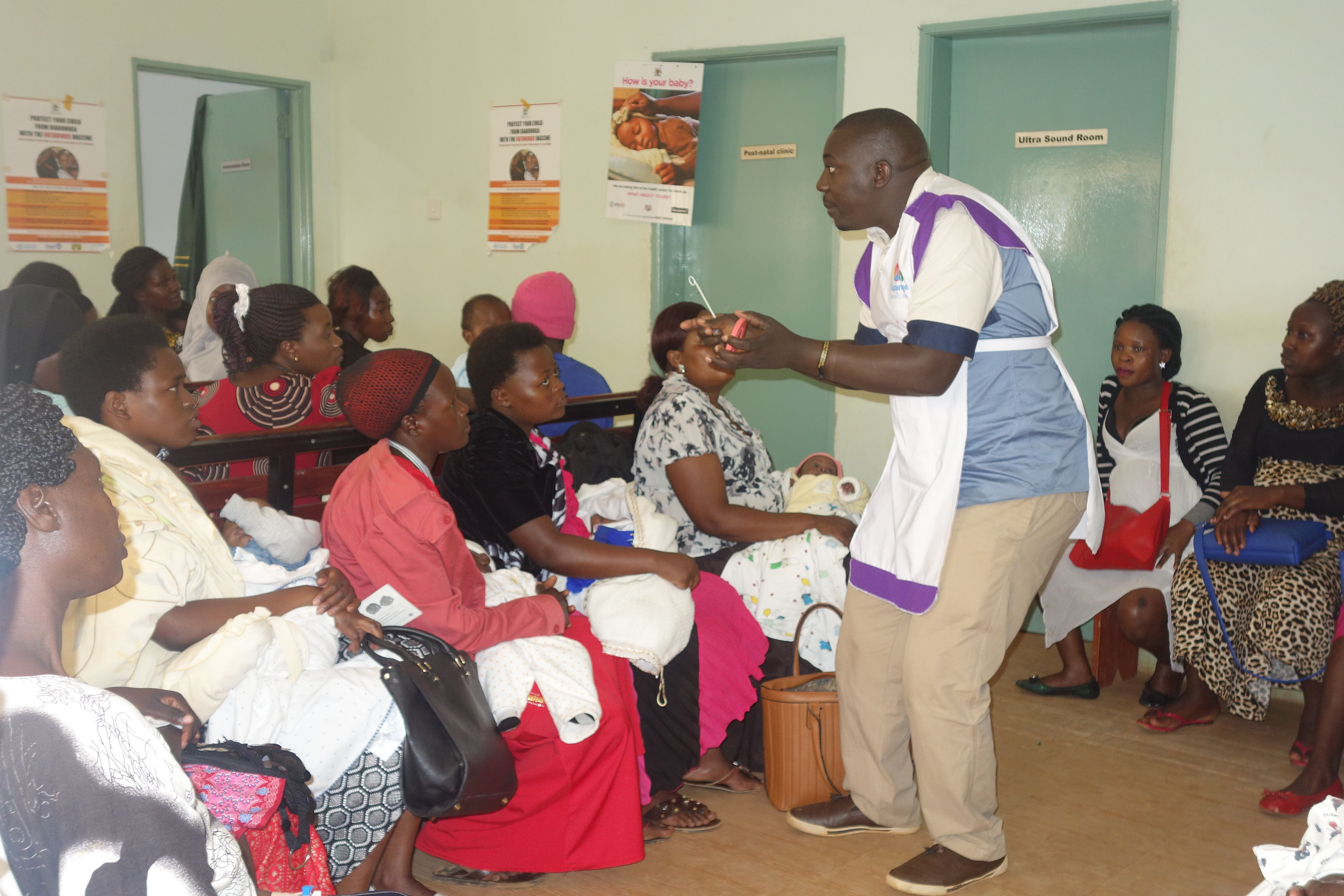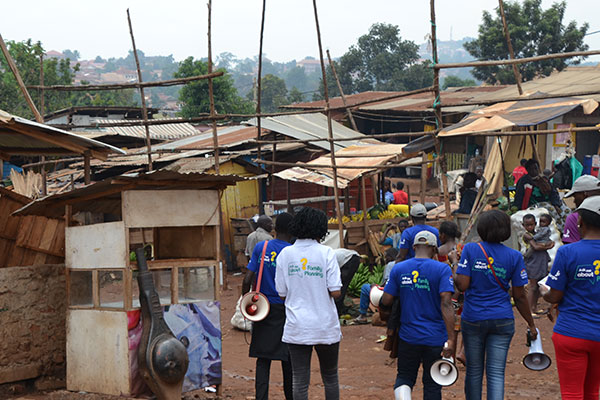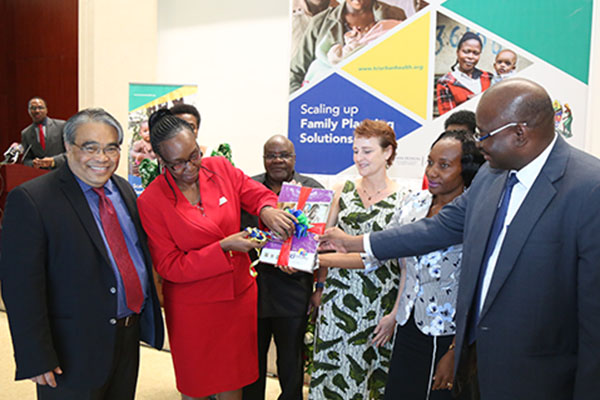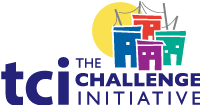East Africa: Self-Reliance
- Home
- Help and Support
- Close
- Toolkits
- Global Toolkit
- AYSRH Toolkit
- Hub Toolkits
- Core High-Impact Practices
- Gender Essentials Mini Course
- Close
- Resource Collection
- Community of Practice
- Coaching
- Log In/Register
- My Profile
- English
Effective Leadership in Family Planning and AYSRH Program Management
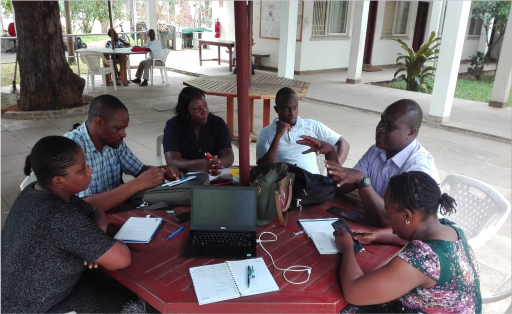
Program implementation team meeting in Kilifi county, Kenya
Leadership and management are both essential elements to designing successful family planning and adolescent and youth sexual and reproductive health (AYSRH) programs and helping to ensure resources are used effectively to achieve results. Effective leadership establishes a shared vision and goal for the family planning and AYSRH programs and sets the tone and culture for successful program management of the programs. Effective leadership skills of health management teams are essential given their role in leading technical implementation of public health programs and ensuring delivery of quality public health services as per Ministry of Health policies and strategies.
In TCI-supported geographies, effective leadership begins with buy-in, political and financial support from political leaders towards population issues and socioeconomic development, in expanding access to quality family planning and AYSRH services and programs.
Against this backdrop, the leadership, program management and coordination skills of health management teams are strengthened to ensure that they can advocate to political leaders, hold them accountable to their commitments and keep them abreast of progress being made.
A key objective of TCI is to empower the cities to lead the implementation of TCIs proven interventions, while providing coaching support to strengthen their abilities to do so which often rely on strong management, negotiation, communication and coordination skills. As a result, all TCI supported cities in East Africa established program implementation teams (PITs) to coordinate FP/AYSRH activities within their cities. The team comprises of 10-15 local government regional staff from relevant backgrounds, who hold a position of authority on health policy, strategy and implementation in the region and other health stakeholders from the private sector and community-based organizations.
“After TCI Tupange Pamoja, there are so many changes from planning to results. We, the government staff, are now involved in planning, budgeting, monitoring, documenting and evaluation. By doing so, most priority activities come from the local government, which is always in the driver’s seat. Planning is done at both facility and municipal levels. Through TCI, there have been so many improvements; first, our activity and budget plans are smarter. Most of the challenges we used to face have been minimized. The local government knows the community’s needs and we now have a sense of ownership and we aim at sustaining it. …We are now implementing in collaboration with partners. We feel empowered that is why we have been able to develop our own implementation plan and budget.” – Dr. Projest Mtasingwa, District Health Planning Officer, Temeke, Dar-es-Salaam.
Why is Instituting a Functional and Effective Leadership Team Important?
The PIT offers leadership on program design and work planning, ensuring that the focus of activities are on not only what works but, what will have the biggest impact given the cities’ demographics, challenges, and resources available, coordinates stakeholders to ensure the greater impact, leads advocacy efforts for political support and resource mobilization, oversees implementation of the proven interventions and regularly reviews data from the interventions to monitor progress and made data-informed decisions. Through the PIT, coordination and collaboration efforts are enhanced. Team members are able to achieve more together and their fullest potential can be coached to achieve intended, impactful program outcomes.
Key Considerations for Instituting an Effective Leadership Team
To successfully institute an effective leadership team, such as a PIT, a local geography needs to:
- Define the scope: Using local data and readily available resources, complete a landscape analysis that establishes a demographic profiles and relevant health indicators of the city. In addition, you will want to list organizations and other “assets” that support FP and AYSRH programming that can be helpful in coordinating efforts and extending the reach of TCI proven interventions. From the landscape analysis, then complete a root causes or gap analysis and prioritization table to identify areas at the geography level that TCI proven interventions can best address, which will ultimately be inputted into a gap analysis table. This should result in a documented desired performance and a prioritized list of activities and interventions to undertake to reach that desired performance. This should be well-understood by all members of the leadership team and documented for purposes of reference to ensure alignment around shared objectives and manage potential future scope creep.
- Develop an adequate budget and mobilize resources: Now that you have a list of prioritized activities and interventions, you should complete activity cost estimates to determine the total budget needs, and develop a framework for mobilizing domestic resources, monitoring and tracking expenditure.
- Establish timelines: Build processes and schedules within realistic and achievable timeframes.
- Monitor the quality of implementation: Gauged by a pre-determined standard, which is monitored and reported regularly; see the quality assessment checklist for an example.
- Monitor internal capacity for implementing TCI proven interventions: The leadership team along with other stakeholders, as appropriate to the geography, should use the RAISE tool on a quarterly basis to assess their progress, challenges, and identify capacity strengthening priorities and potential capacity strengthening or coaching supports for the coming quarter.
- Regularly review data and promote its use: Ensure data availability and quality to inform programmatic discussions and decision-making.
- Maintain constant communication: Identify preferred channels for communication and promote regular, ongoing and open sharing of information and feedback. TCI has found that establishing a WhatsApp Group for sharing reports and photos from interventions has been quite effective to ensure not only accountability and monitoring of progress but also momentum and encouragement.
- Engage stakeholders: Multi-sectoral collaboration is often a must for achieving any health program outcome. As a result, it is imperative that you engage a wide range of stakeholders and ensure that they have ready access to technical assistance, the proven intervention guidance via TCI University and leveraged resources.
- Manage human resources effectively: All leadership team members should be assigned clear roles and responsibilities with clear lines of supervision.
Helpful Tips
- Schedule meetings with standing agendas and clear rules of engagement; use this checklist to assist you with planning PIT meetings
- Ensure a balanced distribution of key roles and responsibilities
- Request existing members to volunteer to serve as alternatives for other members that are busy or unavailable so that progress and decisions can continue in their absence
This guide can help you in establishing and strengthening your own leadership teams for family planning and AYSRH programs.
Roles and Responsibilities of the Program Implementation Team
- Support the day-to-day implementation of the FP/AYSRH program design
- Ensure prompt availability of funding – whether that is TCI Challenge Fund funds, budget line items from county government/MOH and/or any other funding – and advocate for financial commitments and release for program implementation
- Monitor and report on progress towards achieving program objectives and set milestones through a monthly progress report and other fora with political leaders
- Ensure collaboration with and leveraging of other ongoing health programs/projects and existing mechanisms, such as Technical Working Groups
- Strengthen the linkage between the health management teams and political leadership to ensure continuous buy-in and support of family planning and AYSRH programs
Key Outcomes
- Effective management of FP/AYSRH resources
- Increased financial commitment and release
- Effective utilization of allocated resources
- Enhanced collaboration among geography staff for impactful implementation of FP/AYSRH high-impact interventions
- Improved coordination with other health activities in the geography
Monitoring Processes
Monitor the quality of implementation: The PITs hold monthly meetings in a central location and are guided by a standing agenda of items to discuss/address. This includes a review of performance data in the monthly implementation report.
Cost
Lunch and transport reimbursement for participants, which implementing partners may be willing to support, such as the case in Kericho county. Alternatively, these minor costs can be built into the overall budget for managing family planning and AYSRH programs and submitted to government.
Sustainability
Membership to a PIT is drawn largely and primarily from geography staff. These are officers who already hold a leadership position in their cities and are responsible for positive health impact achieved through the successful implementation of the health programs they are leading. Other membership includes representation from key stakeholders, such as community-based organizations (CBOs), adolescent and youth-serving organizations, implementing partners and donors.
Sisi-kwa-Sisi coaches will continue to strengthen the capacity of PIT members from TCI-supported geographies. PIT members alongside geography-based Sisi-kwa-Sisi coaches are well-situated to continue the work that led to TCI’s successes after their geography graduates from TCI.
TCI APP USERS PLEASE NOTE
You will only receive CERTIFICATES by email – when earning a score above 80% – and will not be able to view or print a certificate PDF from the TCI app.
Test Your Knowledge
Earn a Certificate
Quiz Summary
0 of 5 Questions completed
Questions:
Information
You have already completed the quiz before. Hence you can not start it again.
Quiz is loading…
You must sign in or sign up to start the quiz.
You must first complete the following:
Results
Results
0 of 5 Questions answered correctly
Your time:
Time has elapsed
You have reached 0 of 0 point(s), (0)
Earned Point(s): 0 of 0, (0)
0 Essay(s) Pending (Possible Point(s): 0)
Categories
- Not categorized 0%
- 1
- 2
- 3
- 4
- 5
- Current
- Review
- Answered
- Correct
- Incorrect
-
Question 1 of 5
1. Question
The responsibilities of the program implementation teams (PITs) include:
CorrectIncorrect -
Question 2 of 5
2. Question
The goal of effective leadership is to consolidate decision-making power to one person.
CorrectIncorrect -
Question 3 of 5
3. Question
One step that does NOT institute and effective leadership team is:
CorrectIncorrect -
Question 4 of 5
4. Question
How useful did you find the information and/or tools presented on this page? Please write your response in the box below using one of the following phrases: Very useful, Useful, Somewhat useful, Not useful.
Feel free to comment on why you made that choice.
-
This response will be awarded full points automatically, but it can be reviewed and adjusted after submission.
Grading can be reviewed and adjusted.Grading can be reviewed and adjusted. -
-
Question 5 of 5
5. Question
How do you intend to use the information reviewed and/or tools that you accessed?
-
This response will be awarded full points automatically, but it can be reviewed and adjusted after submission.
Grading can be reviewed and adjusted.Grading can be reviewed and adjusted. -


